Comments
- No comments found
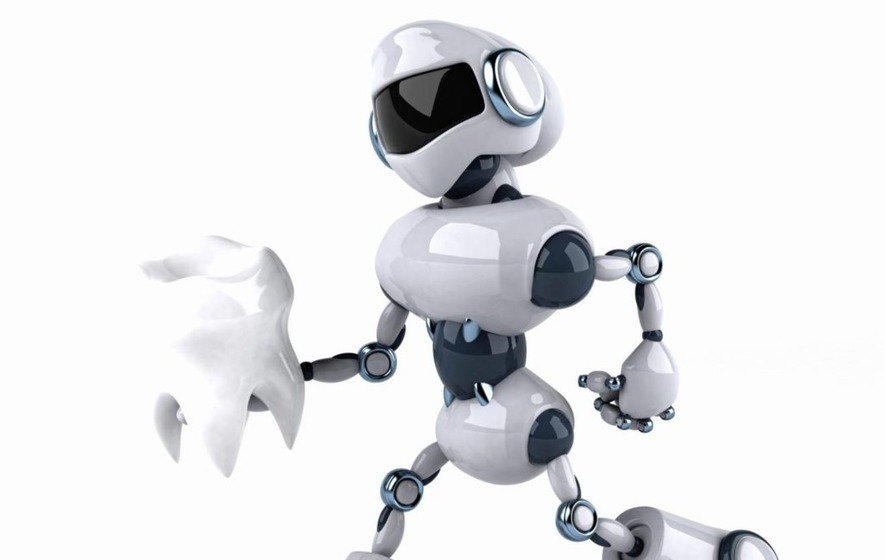
Dentistry is a field that is rapidly advancing with the use of technology.
Machine learning (ML) is one such technology that is changing the way dental professionals approach diagnosis and treatment. From improving the accuracy of diagnoses to streamlining treatment planning, ML is revolutionizing the field of dentistry. This article will explore how machine learning is being used in dentistry and the potential benefits and limitations of this technology.
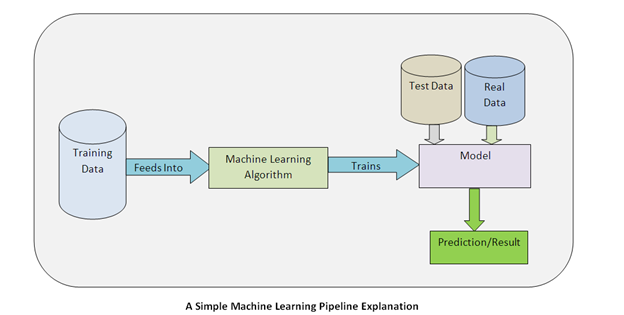
Machine learning is a subset of artificial intelligence (AI) that uses algorithms to analyze data and learn from it. By analyzing large datasets, ML algorithms can identify patterns and correlations that can be used to make predictions and recommendations.
In dentistry, ML algorithms can be trained on vast amounts of dental data, including images, x-rays, and patient records. This data can be used to identify patterns and correlations that are indicative of specific dental conditions, such as cavities or gum disease.
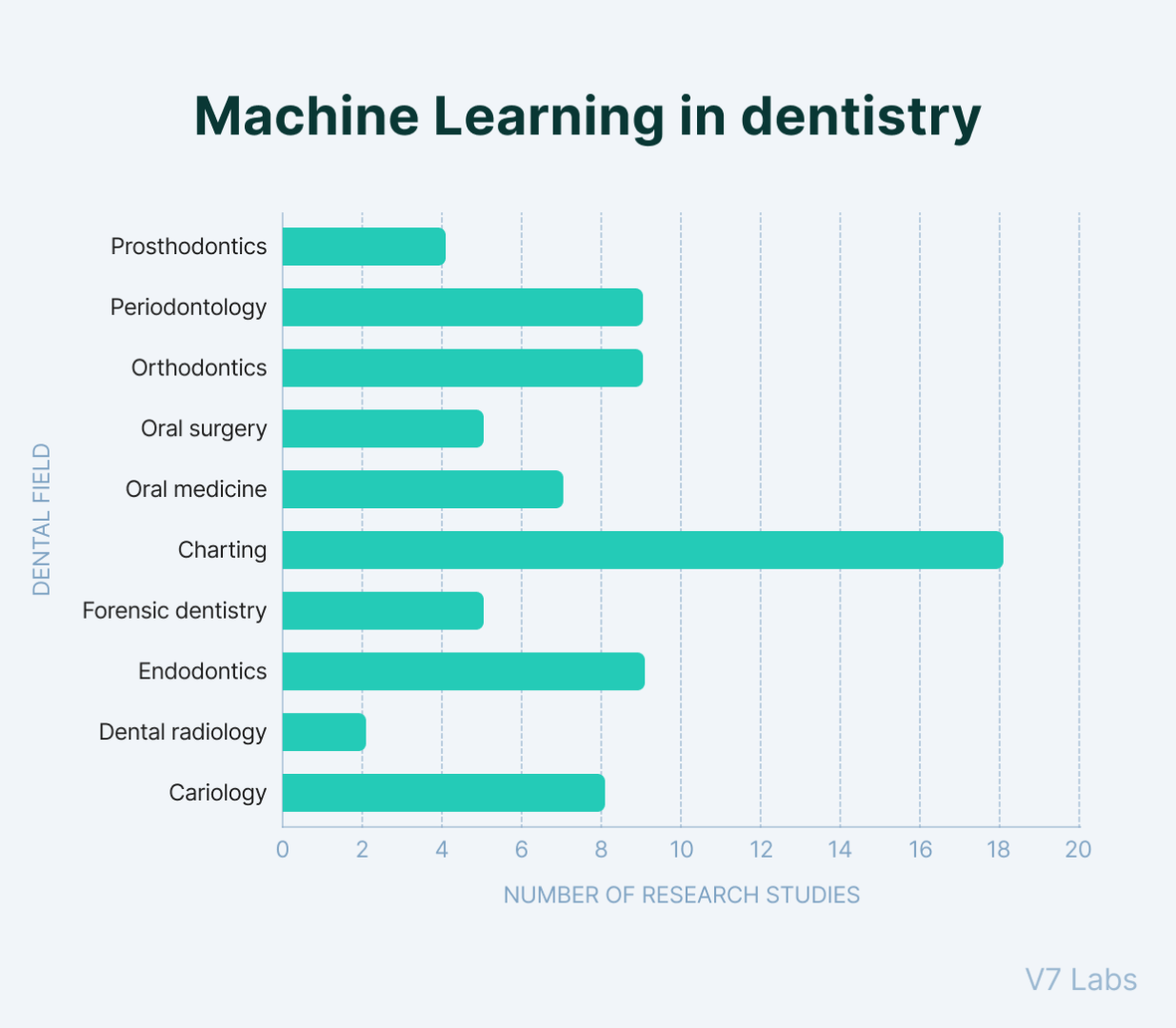
Machine learning is being used in dentistry in several ways, including:
ML algorithms can analyze images and x-rays to identify specific dental conditions, such as cavities or gum disease. This can help dentists make more accurate diagnoses and provide earlier treatment.
ML algorithms can be used to analyze patient data and develop personalized treatment plans. By considering factors such as a patient's medical history, lifestyle, and dental needs, ML algorithms can develop treatment plans that are tailored to each individual.
ML algorithms can be used to predict when a dental device, such as a filling or crown, may fail. This can help dentists schedule maintenance or replacement before the device fails, reducing the risk of complications for the patient.
ML algorithms can analyze dental images, such as x-rays or scans, to identify specific conditions or changes in the mouth over time. This can help dentists monitor the progression of conditions, such as gum disease, and make more informed treatment decisions.
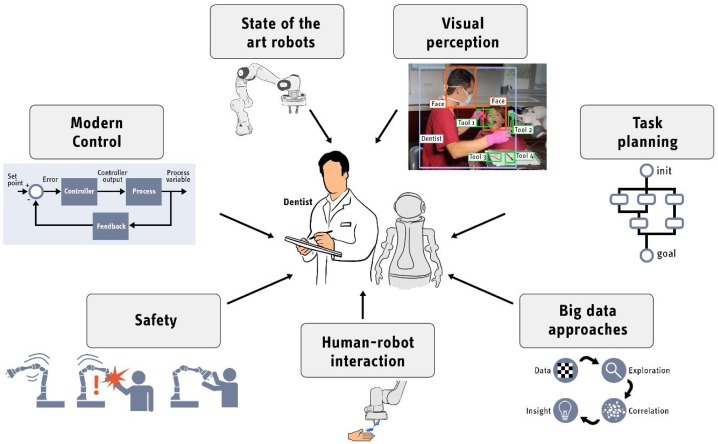
There are several benefits to using machine learning in dentistry, including:
ML algorithms can analyze vast amounts of data and identify patterns that are indicative of specific dental conditions with high accuracy. This can lead to more accurate diagnoses and earlier treatment, which can improve outcomes for patients.
By automating the diagnostic process, ML can reduce the time and resources required for dental assessments. This can help dentists see more patients and provide more comprehensive care.
ML algorithms can develop personalized treatment plans that are tailored to each individual patient. This can help dentists provide more effective and efficient care.
ML can provide a more objective and personalized diagnostic process, which can help reduce stigma and improve the patient experience.
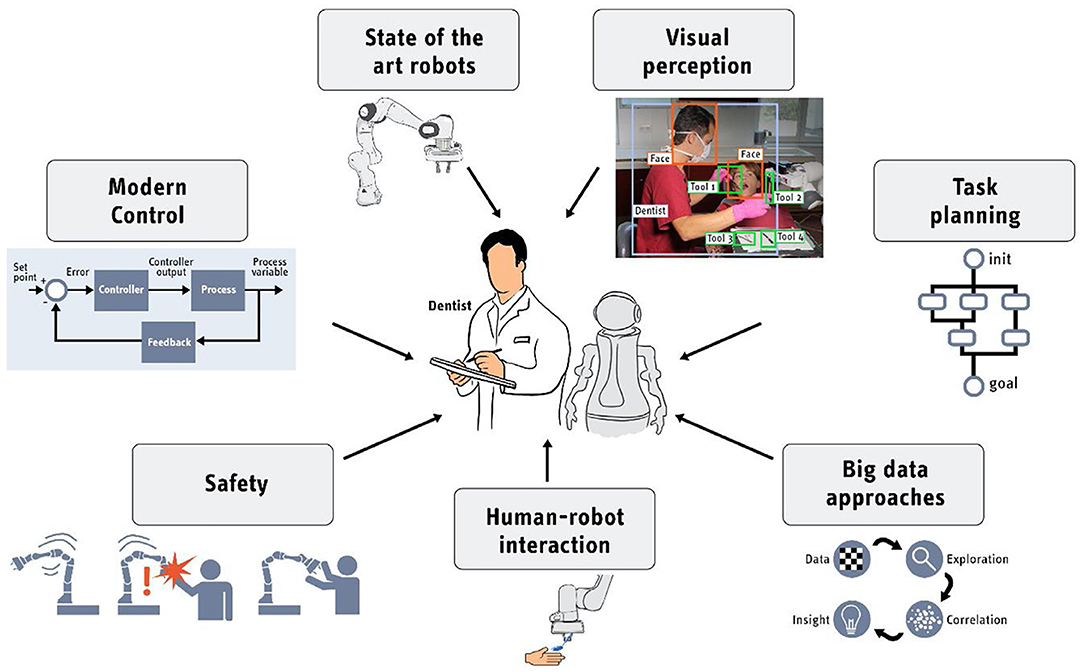
While machine learning has the potential to revolutionize dentistry, there are also some limitations to this technology. These include:
ML algorithms are only as accurate as the data they are trained on. If the training data is biased or inaccurate, the algorithms will not be able to accurately diagnose dental conditions.
ML algorithms rely on digital data, such as images and x-rays, to make diagnoses and treatment recommendations. This means that conditions that are not visible on imaging, such as oral cancer, may be overlooked.
ML algorithms are limited in their ability to consider the nuances and complexities of human behavior and anatomy. They may overlook important factors that only a trained dental professional would notice.
The use of ML in dentistry also raises privacy concerns. For example, the use of ML to analyze dental images and records could violate the privacy of patients and potentially cause harm.
Machine learning is revolutionizing the field of dentistry by improving the accuracy of diagnoses, increasing efficiency, and providing personalized treatment plans. However, it is important to consider the limitations of ML in dentistry and to use this technology in conjunction with traditional dental assessments and exams. As ML continues to advance, it has the potential to provide improved access to care, reduced costs, and a more objective and personalized diagnostic process for patients in need of dental care.
Leave your comments
Post comment as a guest